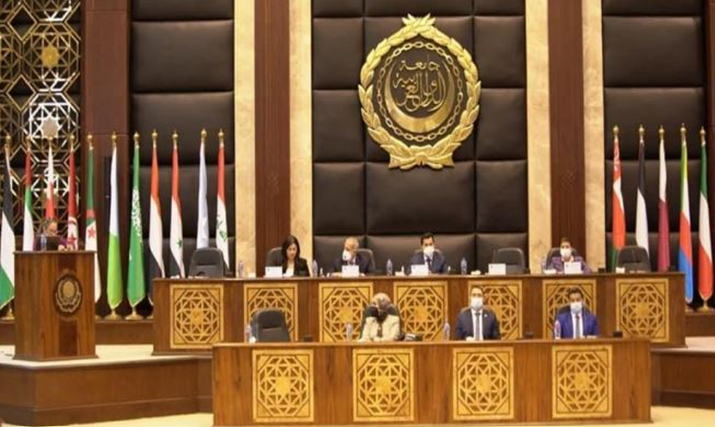

Egypt`s National Youth Strategy
The Arab Institute for Leadership Development (AILD) has led the Development of Egypt’s National Youth Strategy in cooperation with the Ministry of Youth and Sports (EMYS) and the United Nations Population Fund (UNFPA).
The youth and young adult population segment is considered the main asset for economic, social and political development. Young generation in Egypt represents about 67% of the population. Governments have realized that young generations participate powerfully in building a new social and economic society for nations as they transform from the childhood phase to adulthood, having their voices heard and noticed. Thus, AILD realized the urgent need to develop and design a plan, an integrated and detailed work for the national action to develop the youth and youth sector in cooperation with civil society, the private sector, international and organizations. AILD seeks to initiate and promote leadership and civic engagement among the young generation through training, workshops and entrepreneurial and investment activities these programs establish a strong and rich base of youth competencies.
The National Youth Strategy Addresses Eight Key Pillars:
1. Youth, participation in the economy and entrepreneurship
2. Youth, health, fitness and exercise
3. Youth, culture, entertainment and artistic creativity
4. Youth, life and future skills and technology
5. Youth sector governance, digitization and youth statistics
6. Youth, citizenship, political and international participation
7. Youth and the basic necessities of life
8. Youth, volunteer work, community development and environmental preservation
1. Mission:
Leadership and excellence in advancing youth work through the efficient organization of youth bodies, providing innovative services and activities for all categories of youth and coordinating work between all relevant parties with high effectiveness to ensure the unleashing of the energies of youth and achieving the demographic return on investment in human capital.
2. Vision:
Egyptian youth enjoy a healthy lifestyle and are proud of belonging to the country capable of innovation, global competition and participation in sustainable development.
3. How it Started:
The idea of the program began with the announcement of the initiative by H.E. President Abdel Fattah El Sisi - President of Egypt - for the Presidential Program for Youth Leadership. The Egyptian government wants to develop the young generation, involving them in the political, economic and social responsibility matters so as to grow, mature, and progress their leadership and management skills. Part of Egypt’s 2030 sustainable development plan gives focus on young generation and their role in society.
The UNFPA aims to improve national health care and strategies to insure young generation potential development is fulfilled. The UNFPA supports programs in more than 150 countries, including Arab Region. For several decades, UNFPA and Egypt Co has been working with the government of Egypt to promote and protect the rights of young people through effective policies and programs.
The UNFPA aims to improve national health care and strategies to insure young generation potential development is fulfilled. The UNFPA supports programs in more than 150 countries, including Arab Region. For several decades, UNFPA and Egypt Co has been working with the government of Egypt to promote and protect the rights of young people through effective policies and programs.
4. Objectives:
The focus is to develop a 5-year multi-sectorial National Youth Strategy that will inform all stakeholders’ approach to programming for and with young people. Prior to the development of the strategy, AILD will conduct a contextual analysis of the current youth situation in Egypt, including employability and economic empowerment interventions by government and NGOs, assess good practices and leanings over the past years.
AILD will also review the institutional capacity of the different stakeholders, organizational set-up, financial and administrative systems against the identified strategic objectives and key result areas and make recommendations. The findings and recommendations from this contextual analysis will inform the development of Youth Strategy. Will also work on developing a Strategy that will be aligned with Egypt’s 2030 vision, objectives and 3 dimensions. In addition, AILD will work closely with the Ministry of Youth and Sports (as there is an agreement between AASTMT and Ministry of Youth and Sports) and all relevant ministries and stakeholders during the development of the Strategy. This collaboration contains an overall objective to develop a five-year National Youth Strategy (2021-2026) that will guide the government of Egypt towards the engagement and empowerment of Egyptian young people.
The National Youth Strategy focused on four main principles, through adopting a positive approach in order to eliminate the marginalization of young people including vulnerable groups and people with disabilities, strengthening the concept of participatory development, recognizing the needs, problems, aspirations and innovations of young people, in additional to making use of youth capacities as an asset to economic, social and political development, and addressing gender inequality across the whole strategy.





